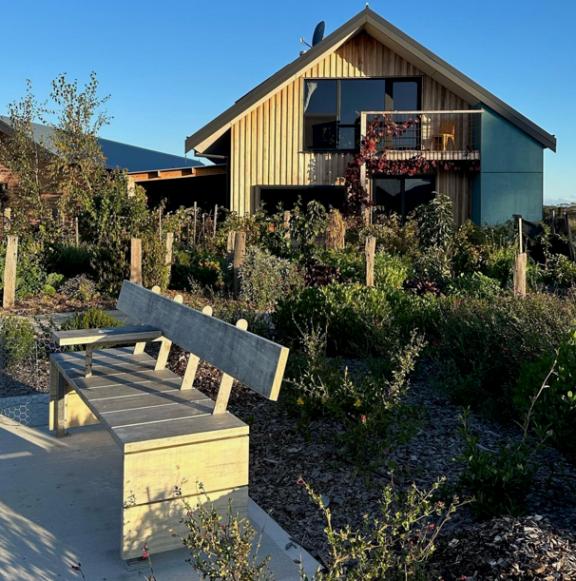
Tour of the Extraordinary Witchcliffe EcoVillage
11 May 2023
Last weekend, I travelled to Margaret River, to do a tour of Witchcliffe EcoVillage. It was exceptional, one of the most inspiring residential developments I have seen.
Mike Hume, who kindly provided a guided tour of the village told us: “The premise of the development is to build the most sustainable human settlement possible”. Over ten years he and his partner Michelle have worked to turn this vision into an impressive, integrated reality.
Despite it being located in regional WA (just south of Margaret River), their vision aligns closely with the key themes we’re exploring in Net Zero Perth.
In terms of planning and built form, energy efficiency and sustainability are designed in across all 380 lots, with large lots having east/west access and small lots having north/south to maximize solar gain. Materials are controlled across the development to minimize carbon-heavy bricks except for where they add to the internal thermal mass of a building through reverse-brick veneer. As a result, timber, hempcrete, earth render, and straw bale construction are the most common building materials.
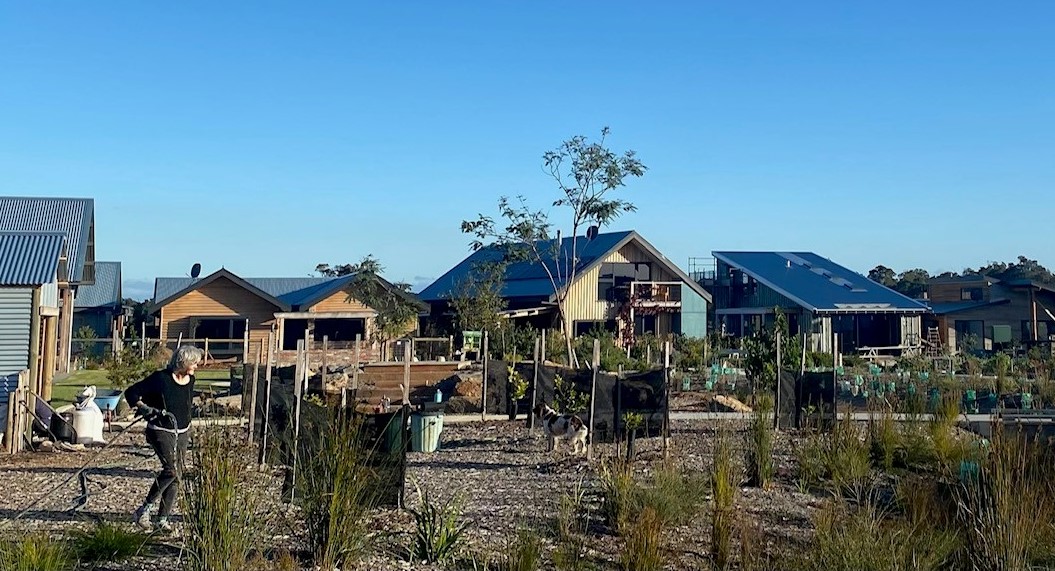
The development is cleverly designed as a series of clusters around common land which ensures all lots have access to community gardens and lots of urban greening. The health of these gardens when we were there show residents were clearly embracing these.
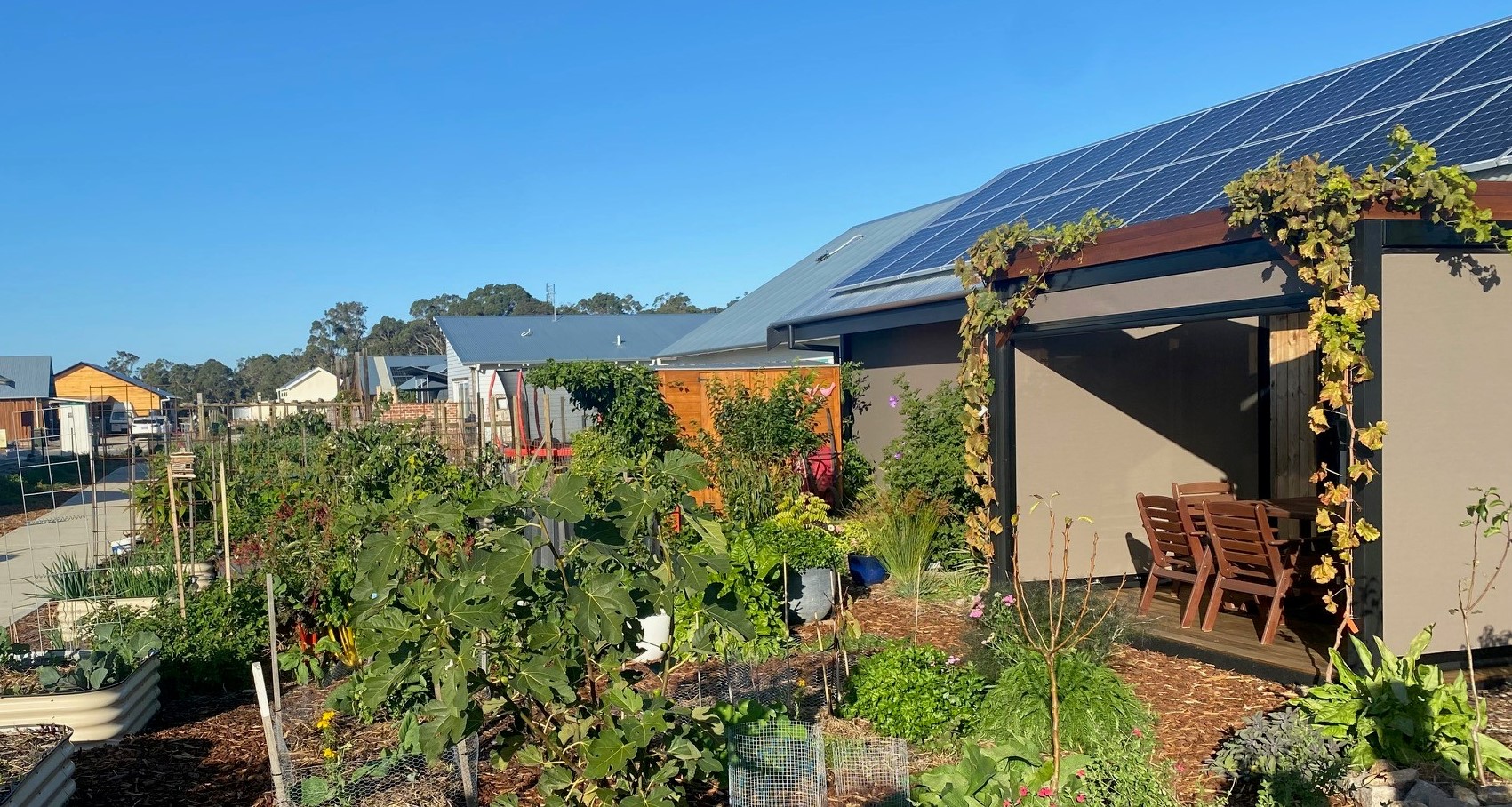
Growing food is clearly an integral part of life in the Witchcliffe Ecovillage and is one of its key sustainability features. In addition to the community gardens at the heart of each residential cluster, approximately 25ha of agricultural land surrounding the Ecovillage has been set aside for 15 certified organic, small-scale, strata titled farm lots. Growing your own is not only the most sustainable way to produce fresh, healthy, and nourishing food, but it is also efficient and cost-effective and is strongly embedded into this development.
Renewable energy in the Ecovillage is especially impressive with all homes will have a minimum of 6.4kW of Solar PV and 5kW inverters which will feed into a community battery that each cluster will have. The first three clusters will be supplied with 232kWh Tesla Powerpacks which will store more energy than required for the solar passive, energy efficient homes to be 100% self-sufficient in renewable energy.
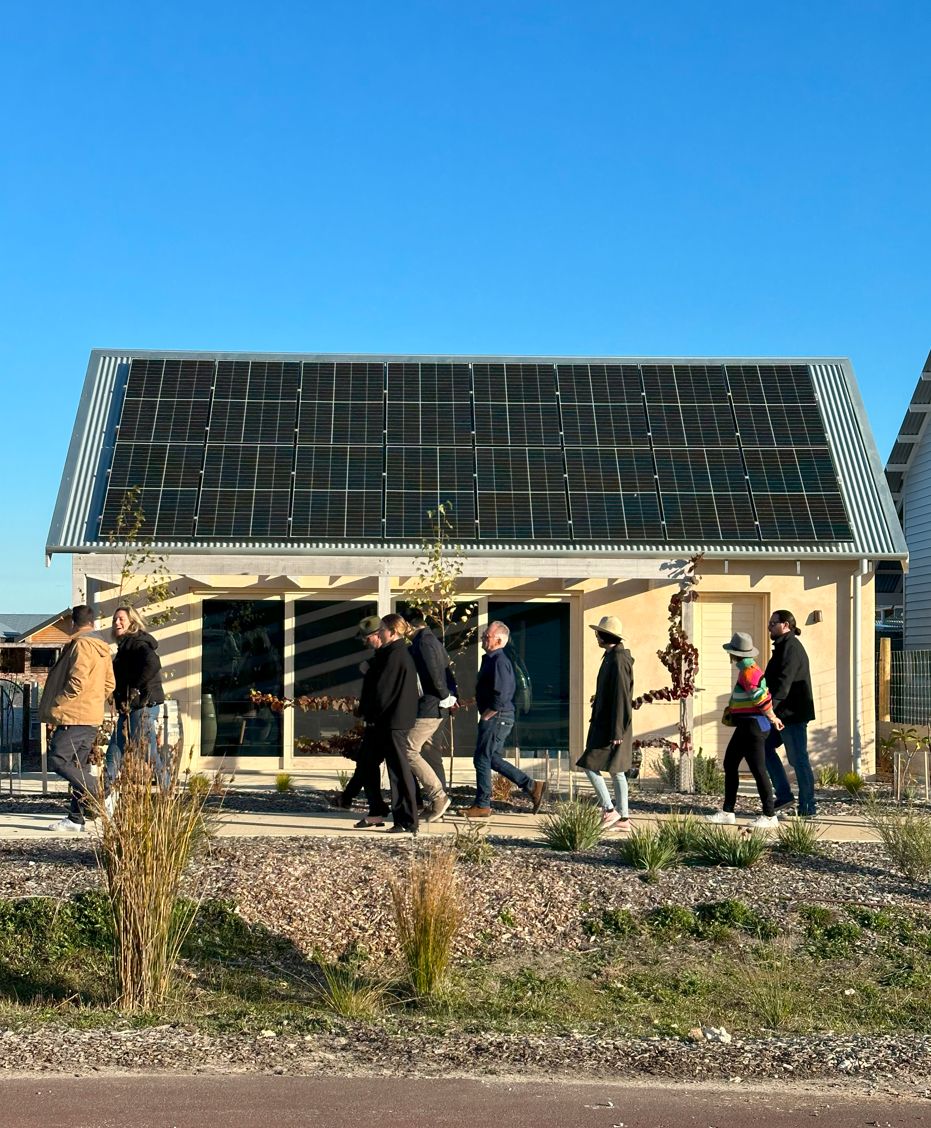
When it comes to transport, the overall design encourages walking with paths linking clusters with the village centre that is within walking distance of all the residents. Being located in the SW means cars can’t be avoided, but pleasingly the Ecovillage doing everything they can to enable EVs and for them to run on renewable energy. It is estimated that the average ecovillage household will generate enough additional solar energy to power an electric vehicle for around 20,000 km each year. Each cluster will also include two EV fast-charging stations which will enable the clusters to sell this excess energy to the public needing to charge up enabling them to earn income. Clever!
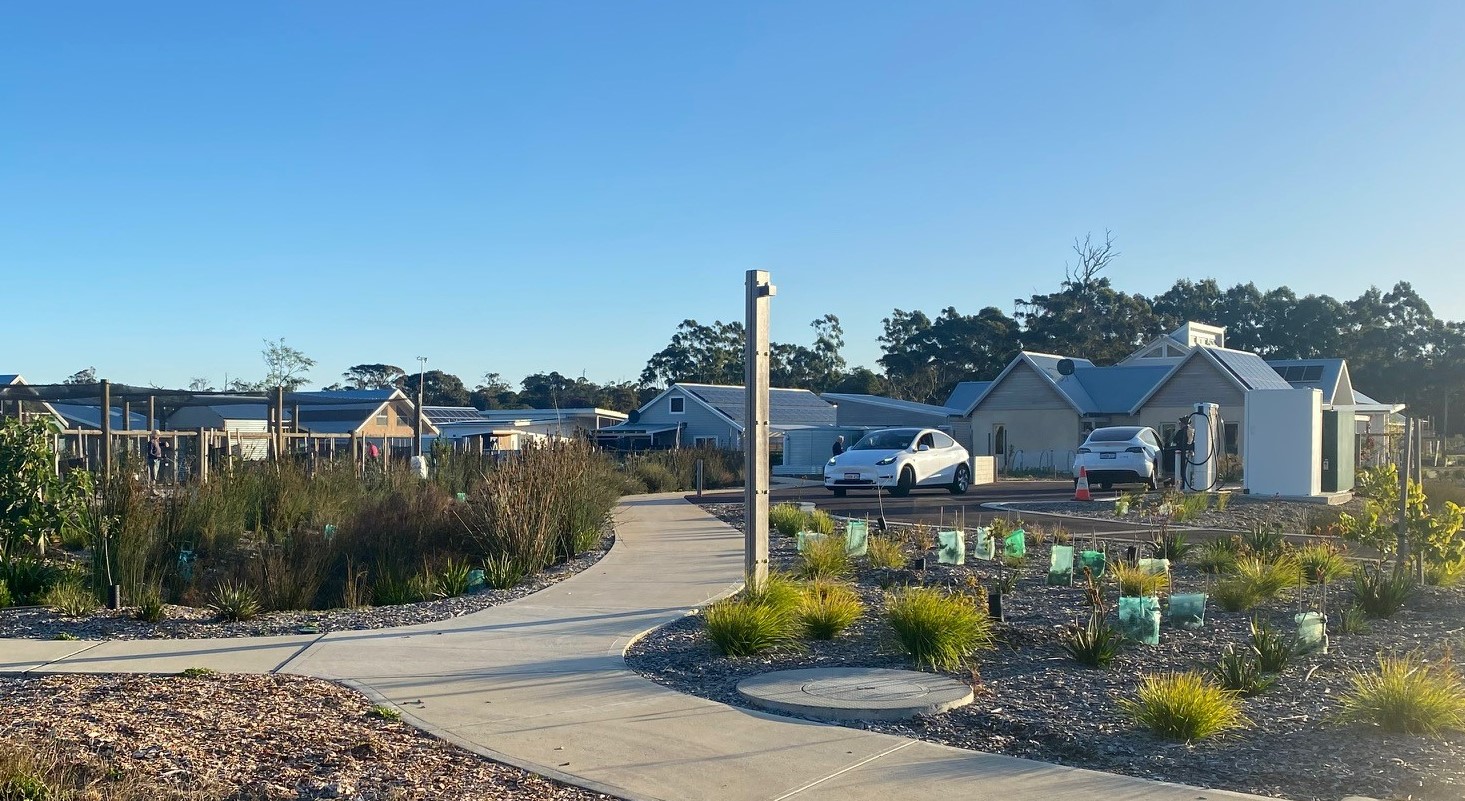
When it comes to water, rainwater tanks are mandatory for every house in the Ecovillage and are required to supply all household needs. It is estimated 50m2 of roof and 18000 litres of water storage are needed per person and the Ecovillage plans for this too.
It really is the development that does everything.
The idea that has resonated with me in the days since our tour is something that Mike Hume said to us: “Small changes are not going to get us there”.
But big ideas, with strong follow-through, will. Witchcliffe Ecovillage is a great example of what a truly sustainable built environment can look like. And it’s better in every way. Better for the community, better for your wallet, better for our environment.
Inspiring. For more info check out https://www.ecovillage.net.au/
Finally thanks to the team from Hesperia for having me along for the tour.
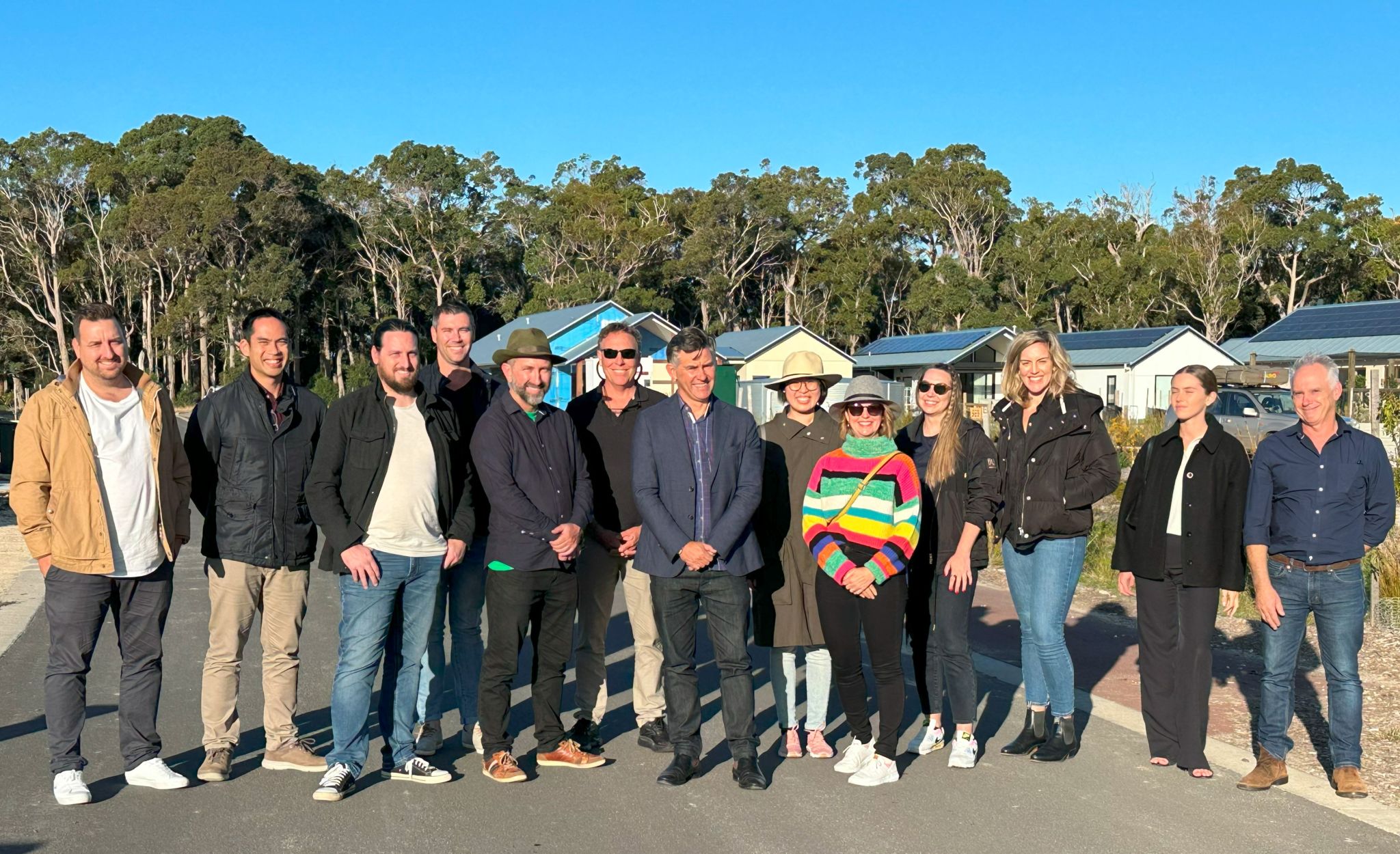
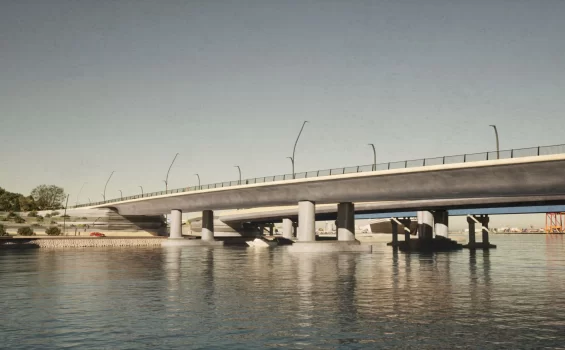

Hi Brad, thanks for sharing this. Having been a Freo resident on and off since the 80s (and at Lance Holt School in the 70s), it was a stretch to imagine living anywhere else in WA.
I had been keeping an eye on the ecovillage from afar as I was in England for a long while, dreaming of where I would live when I came back. Just as I needed to make a decision, blocks went on sale and I pounced. I have already met some beautiful new friends down there, even though my build is not yet finished, and some old friends are moving in too. It ticks many boxes, and I keep meeting Freo folk who have purchased or are considering. Looking forward to relaxed times singing around campfires, swapping extra produce and swimming in the dams.
Libby. That’s great to hear. Thanks